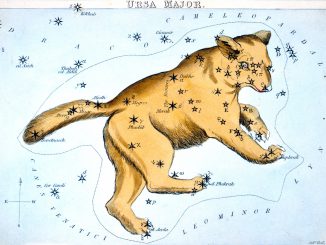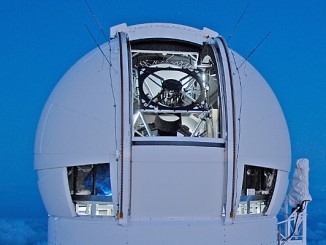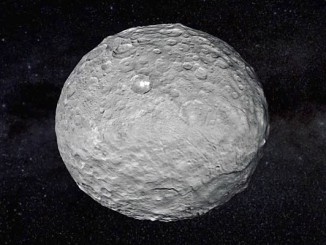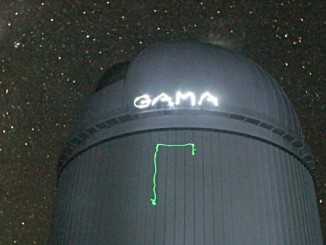
International Astronomical Union


International Astronomical Union formally approves 227 star names
The creation of a specialised IAU Working Group, the Working Group on Star Names (WGSN), was approved by the IAU Executive Committee in May 2016 to formalise star names that have been used colloquially for centuries. WGSN has now established a new catalogue of IAU star names, with the first set of 227 approved names published on the IAU website.

Hunt for Planet 9 reveals extremely distant solar system objects
In the race to discover a proposed ninth planet in our solar system, astronomers are conducting the largest, deepest survey for objects beyond Neptune and the Kuiper Belt. Nearly 10 percent of the sky has been explored to date using some of the largest and most advanced telescopes, revealing several never-before-seen objects at extreme distances from the Sun.

New distant dwarf planet found beyond Neptune
An international team of astronomers have discovered a new dwarf planet orbiting beyond Neptune. The object is roughly 435 miles in size, moving in a 700-year orbit that takes it more than 120 times further from the Sun than Earth. Designated 2015 RR245, it was found using the Canada-France-Hawaii Telescope on Maunakea, Hawaii.

Hubble discovers moon orbiting the dwarf planet Makemake
NASA’s Hubble Space Telescope has spotted a small, dark moon orbiting Makemake, the second brightest icy dwarf planet — after Pluto — in the Kuiper Belt. The moon, provisionally designated S/2015 (136472) 1 and nicknamed MK 2, is estimated to be 100 miles in diameter. Makemake and its moon are more than 50 times farther away than Earth is from the Sun.

NASA office to coordinate asteroid detection and hazard mitigation
NASA has formalised its ongoing program for detecting and tracking near-Earth objects (NEOs) as the Planetary Defense Coordination Office (PDCO). The office will be responsible for supervision of all NASA-funded projects to find and characterise asteroids and comets that pass near Earth. It will also take a leading role in coordinating efforts in response to any potential impact threats.

Final results of NameExoWorlds public vote released
The votes are in — the names of 19 ExoWorlds (14 stars and 31 exoplanets orbiting them) have been chosen by public vote in the NameExoWorlds contest, and accepted by the IAU. Reflecting the truly international interest in astronomy, over half a million votes from 182 countries and territories contributed to the new official designations of the alien worlds.

Simpler planet test classifies 99 percent of all known exoplanets
Nine years ago, the International Astronomical Union (IAU) defined what it takes to be a planet, but left the classification of exoplanets for future consideration. With exoplanet discoveries now numbering close to 5,000, UCLA professor of planetary astronomy Jean-Luc Margot describes a simple “planet test” that can be readily applied to bodies orbiting the Sun and other stars.

Galaxy survey charts the fading and slow death of the universe
An international team of astronomers studying more than 200,000 galaxies has made the most comprehensive assessment of the energy output of the nearby universe. The Galaxy And Mass Assembly (GAMA) project confirms that the energy produced is only about half what it was two billion years ago and this fading is occurring across all wavelengths from the ultraviolet to the far infrared. The universe is slowly dying.

Corrected sunspot history suggests climate change not due to natural solar trends
The Sunspot Number, the longest scientific experiment still ongoing, is a crucial tool used to study the solar dynamo, space weather and climate change. It has now been recalibrated and shows a consistent history of solar activity over the past few centuries. The new record has no significant long-term upward trend in solar activity since 1700, suggesting that rising global temperatures since the industrial revolution cannot be attributed to increased solar activity.
